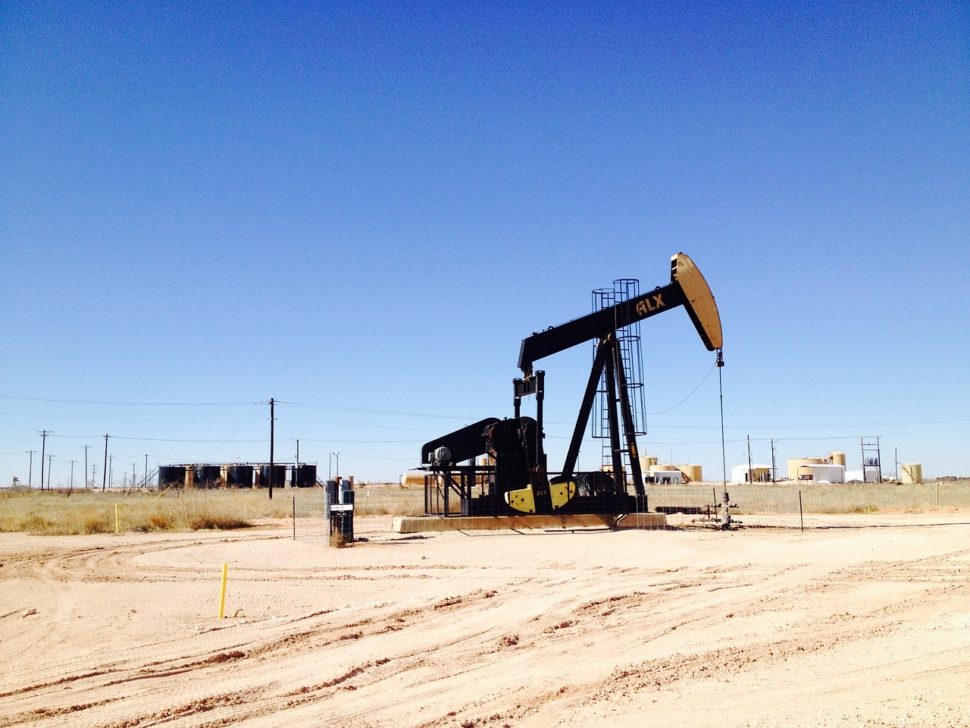According to a group of scientists from China, carbon (IV) oxide may be better for fracking than water. In a recent publication in the journal Joule, they described how this new form of hydraulic fracturing could help the environment.
The new form of fracking could store captured atmospheric CO2, hence, paving the way for an eco-friendly approach towards separating gas and oil from shale rocks.
What is Fracking?
Fracking is a process that involves pumping a highly pressurized liquid – usually a mixture of water, sand, and other chemicals – into the shale rock formation. As a result, the cracks would open, and the engineers can extract the previously inaccessible oil or gas.
As you can imagine, the practice is highly controversial for being the most damaging form of energy production. Here is why.
Engineers often use millions of gallons of water in the fracking process. By effect, it significantly reduces the amount of clean water that’s available to the residents in the surrounding.
Also, hydraulic fracturing could contaminate the water supply in a region. This is due to the chemicals used during the process, which could easily make its way into the local water supplies.
Finally, there is the issue of wastewater. About 40 percent of the water used for fracking, which returns to the ground surface is toxic. The ramification for the environment is severe, mainly because researchers have not found a cheap way to make the poisonous water usable again.
Now scientists at the University of Petroleum Beijing and the Chinese Academy of Sciences say that they’ve found a way to make the process more eco-friendly. It involves replacing the water with carbon dioxide.
Hydraulic Fracturing Using CO2
First, the researchers tested liquid carbon dioxide as a fracking liquid on shale in the lab. The result confirmed what they had suspected, that the gas would create cracks with higher volumes than water.
In a statement to the press, researcher Nannan Sun said:
“We demonstrated that CO2 has higher mobility than water, and, therefore, the injection pressure can be better delivered into the natural porosity of the formation.”
For the field test, the researchers used five oil wells in north-east China. The findings showed that engineers could extract 4 to 20 times more oil when using CO2 instead of water.
That’s not the best part.
About 30 to 50 percent of the fracking fluid typically remains in the shale after the extraction process. By using CO2, we may have a new way of storing the atmosphere-destroying gas.
Sun noted:
“We chose CO2 fracturing from a range of options because the process includes multiple benefits.”
With that said, the study of CO2 for fracking is still in the early stages. The researcher admits that a fundamental understanding of the technology is still necessary to enable further development and deployment.
“Further investigations are needed to identify the effects of type of reservoirs, geomechanical properties and conditions, CO2 sensitivity of the formation, and so forth,” says Sun


















Comments (0)
Most Recent